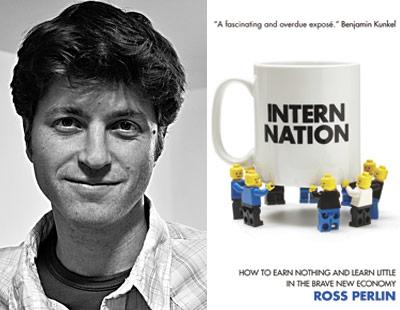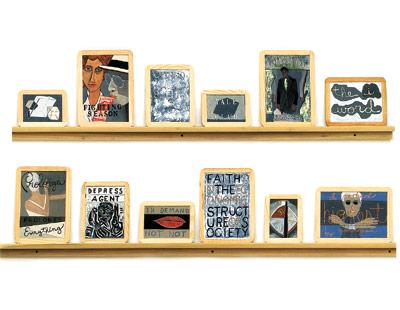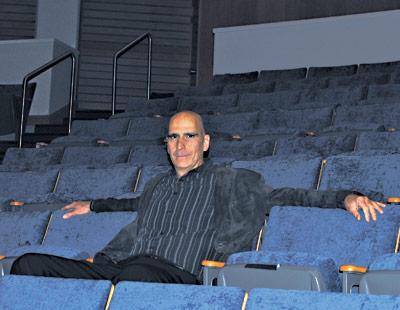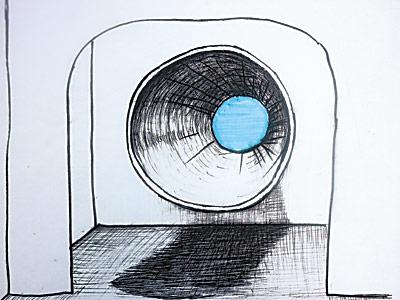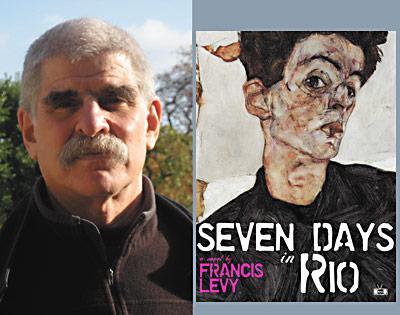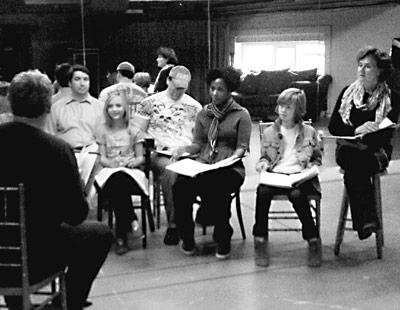Life in the Leisurely Lane
Life in the Leisurely Lane

What’s so funny about peace, love, and easy listening? Randy Parsons, an East Hampton songwriter and guitarist, has released something different: a CD for adults . . . quiet, thoughtful ones.
The comparison is far from exact, but to these ears, when the plastic starts spinning, “Morning Sky” inevitably conjures the sadly defunct Lowen and Navarro, circa 1993 and “Broken Moon.” (What was it called then? “New folk”?) Not the California duo’s harmonies, no, but the feel of the stuff — mulling past relationships, appreciating unexpected new ones, leave-taking, benign nature peeking over the horizon.
Mr. Parsons gazes westward, too, in “Lost Along the Way.” Sung by Tim Buppert, it tells of a guy far from home in a Montana valley trying to “eke out a living, land unforgiving, no friends and family here.” His woman comes to visit him, but he doesn’t leave with her, the pull of the landscape taking apart not the strongest of relationships.
There’s plenty here for seaside locals as well, namely “House by the Sea,” in which the speaker, with a crying need to reach his “humble” getaway, negotiates not only bumper-to-bumper traffic out of New York but also depressing news on the radio and a nagging sense of time wasted in lines — a kind of stillness that brings no calm.
The players on the disc include Johnny Blood, known for his yeoman guitar work with the Nancy Atlas Project, Lauren Coen, a singer with a touch of Judy Collins but without the grating higher registers, and, most welcome, John Margolis, a bluesy vocalist who knows how to take his time with a song.
“Morning Sky,” which came out last month, is a cold-weather work. Fall winds blow throughout it; there’s a sense of hunkering down for winter. It’s one for the post-work wind down, to be slipped in while the bottle of Napa Valley cab breathes and the Duraflame log combusts in its own wrapper.
It’s hectic out there. Relax, you deserve a break.

